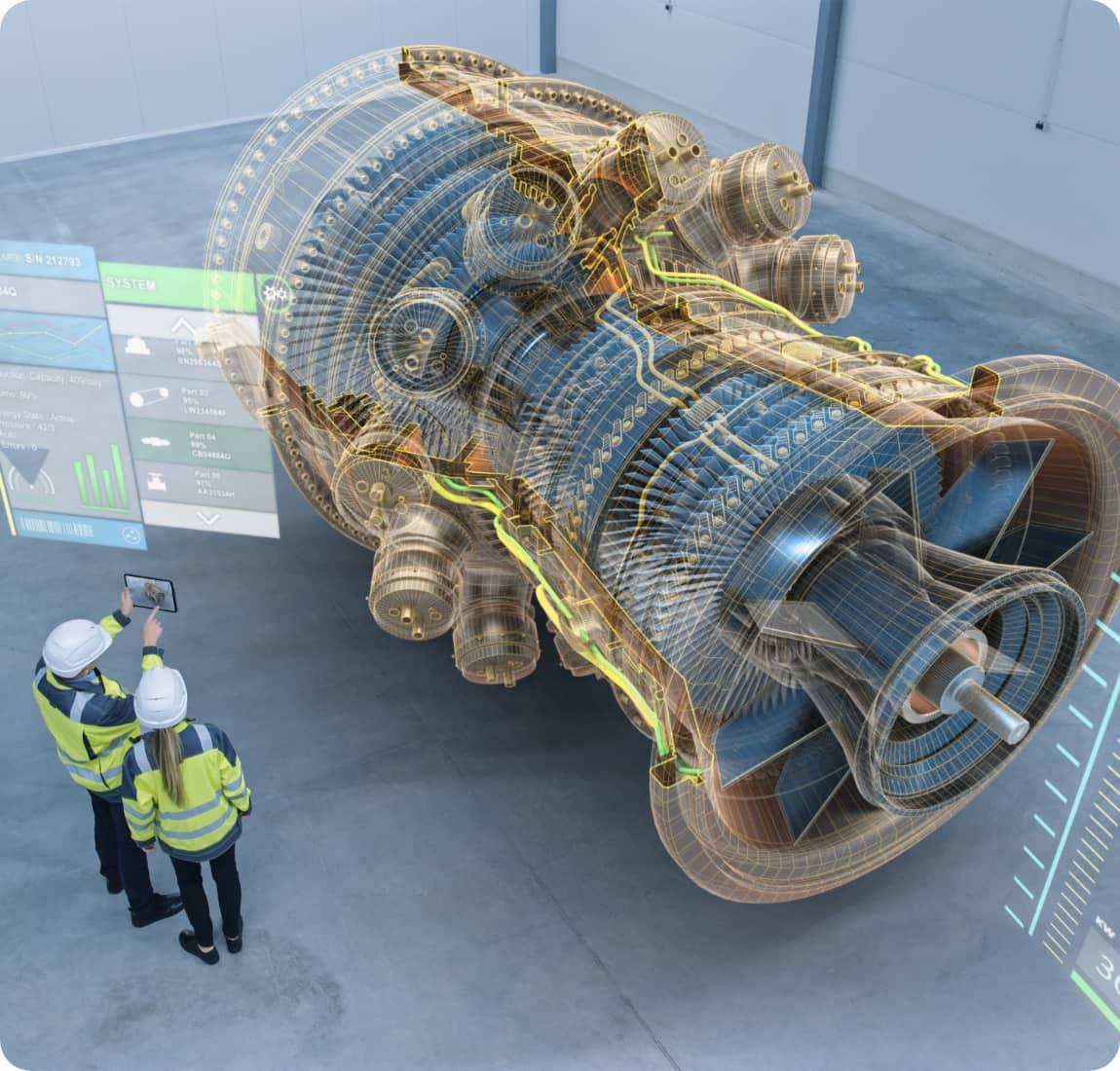The value of Digital Twin
There has been some buzz about modeling the physical world with a digital replica or “twin.” Although the idea of a Digital Twin has been talked about for nearly two decades, it has only taken off recently due to the IoT revolution and the increasingly ubiquitous access to data about virtually any “thing.”

Digital models of physical things promise to provide tremendous economic value by delivering real-time insights into all aspects of a business, including operational processes, asset utilization/performance, product development and even event management. However, their real value is providing insights into potential future design and process improvements or anticipating operational issues with predictive modeling and “what-if” scenario analysis. Approaches range from modeling a simple object or process to the more sophisticated and complex “system of systems” with multiple connected objects working together in a broader ecosystem.
Describing a Digital Twin to the casual observer is like describing an iceberg floating in an ocean. The visible tip or visual representation, the “Visual Twin” – represents only a fraction of the total mass of the structure floating underneath the surface – the “Data Twin”. Here we will focus on the complexities of the Data Twin and what is required to deliver innovative digital insights on the physical world.
Understanding Data Twin typologies
It is useful to break down the data requirements into three foundational typologies. The first two represent data generated by the system or group of systems being modeled by the Digital Twin. The third one means the data generated by Digital Twin itself under various scenarios in simulation.
Type I: Static and Structural. Probably the most easily understood is the representation of the physical object in a digital form. If you were building a house, your architectural plans would be represented as static three-dimensional digital images. These visual images require data that describe the static and structural form, including size, shape, and material composition. Typical uses of this type of data are to support wayfinding (maps and diagrams) and other forms of digital guides. Data in this typology does not change frequently and is generally stable in nature.
Type II: Operational and Functioning. This type of data describes how the object or system behaves when in use. Think about a water pump that consumes electricity to rotate a turbine that draws water into the pump and propels it to its next destination. Two obvious data elements of interest are the electrical consumption (kW) and the water flow (gpm). There are many more though to consider, such as turbine rotation rate (rpm), fluid pressure (psi), head (or elevation) of the outlet, pump vibration, pump temperature, and so on. This data can generate a virtual flood of information on the real-time operation of the object or system (i.e. IoT device telemetry).
Furthermore, each of these data elements may be of interest in isolation. Still, the really exciting part comes when they are connected and correlated to represent the entire system in operation. Typical uses of this type of data are to support real-time system monitoring for anomaly detection, preventive maintenance, surveillance etc.
Type III: Simulated and Predictive. This type of data is generated by the Digital Twin itself. It can be very valuable in new product prototyping, testing a system’s operational limits under variable conditions, or simply understanding the most efficient way to schedule a certain process. For example, in transit systems, it is valuable for the operator to know how the system responds to planned and unplanned events, such as outages, maintenance events or unplanned spikes in ridership. This type of data leverages historical operational data (Type II) to establish standard functional behavior and then uses advanced analytics (AI/ML) and data science to test and simulate changes in system behavior under different variables and conditions.
Data Twin architectures and interoperability
Taking a “Data First” approach by identifying the data requirements across the above typologies for your Digital Twin project is an essential step. The underlying data architecture needs to be designed to support and manage the complex inter-relationships of these different data typologies. Data architectures that can flex between static and dynamic data structures and handle complex multi-variant relationships will perform the best. Furthermore, they need to offer the ability to “write-back” changes to the underlying data structures or to save different versions of a configuration or process to test hypothetical scenarios under varying operational conditions.
Another critical component is the ability to both consume and deliver data seamlessly and securely. The system must be able to connect to and ingest from relevant data sources at the edge using purpose-built API’s to then integrate and standardize the inbound data stream into a common structure. This data standardization process will minimize customization and maximize reusability.
A similar approach is recommended for the bi-directional transfer of processed data between the Data Twin and the Visual Twin for interpretation, insight, and action. This promotes user experience flexibility and allows the Visual Twin to deliver purpose-built value to consumers based on their needs. A robust set of standard APIs that allow for secure and scalable access to the valuable curated data collections in the Data Twin is a critical element of a successful deployment.
Once established, a strong and scalable Data Twin architecture will form the foundation for real-time operational management and continuous evaluation, analysis, prediction, and improvement. Spending the time to design the right data strategy and architecture up-front will both enable and drive better results and insights from the advanced modeling and scenario management functions that are the ultimate appeal of building a Digital Twin in the first place. Finally, the right set of APIs will ensure its interoperability in a complex ecosystem both at the IoT Edge and the delivery to the UI/UX Visual Twin.
A few basic rules can get your Digital Twin project started on the right path with a strong “Data First” foundation. Discover how NTT can help you get the most out of your IoT analytics endeavors.

